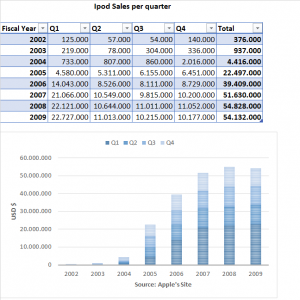Innovation and transformation of established companies needs to be through a collaborative model. Done right, it can be profitable for all players.
I have always thought that human evolution and development is one of the most interesting and challenging processes in the world, especially in terms of innovation and investing. From the invention of the wheel to new IoT sensors, eveolution of technology has been a fascinating and challenging process. Anything related to human evolution, including the dominance of humans and the power of their minds, the obvious improvements in the human condition, freedom and many other aspects are enough to provide endless articles, analyses, research and discussion.
The key issue for me in the innovation process is the centrality and importance of our decisions: How we overcome constraints and respond to needs.
Every invention stands alone. It becomes a success and is adopted widely if it satisfies a need. The invention of the wheel drove a revolution in agriculture and trade, wars and transport. If all those involved are able to find the right language to talk to each other and reach a joint objective, then this creates a win-win model.
Defining win-win model
Win-win means looking for the right language, negotiating a common goal, and making sure that each and every player in the game gets what they want.
sure that each and every player in the game gets what they want.
I am fascinated by the history of the iPhone, which has been fully documented by the author and professor R. Verganti. The iPod's sales remained flat from 2001 until 2003, when the iTunes store was launched. From that point, sales exploded, growing by a factor of eight and bringing the value of Apple’s stock up from $10 in 2001 to $200 in October 2007. Why? Because that move transformed the iPod from a simple portable music player and instead allowed users:
- To custom-manufacture their music by creating playlists.
- To discover new music through iTunes.
- To purchase music files legally, without any illegal downloading, which protects musicians and preserves the music industry.
- To use it as a statement of fashion and design.
At a stroke, several actors and stakeholders won. Apple won through the sale of music and iPods. The music industry also won, revitalized after losses from burning and illegal distribution of MP3 files. Finally, users won, by being able to buy cheap music legally, experience new playlists and enjoy their device.
Using game theory
Today many of the big technology companies, like Google, Facebook, Apple, and Amazon, have recognized the importance of focusing on the needs of multiple stakeholders. These include the company itself, its marketing, commercial and IT departments, and users and customers. By meeting all these needs, the virtuous circle of win-win continues to produce extraordinary results.
We can explain this using game theory, which won the Nobel prize for economics in 1994 for its creator, John Nash. A game can be described in terms of strategies that players must follow in turn: The balance (or equilibrium) point is when no one player can unilaterally improve its position. To achieve effective change beyond that, the players need to act together. Instead of win-lose, they need to move to win-win.
Although this idea may sound obvious, there are many companies struggling to achieve digital transformation. Their delivery rate is well below that of the big players like Amazon and Apple. I think there are many reasons for this, including infrastructure, processes and culture.
Being data-driven is about giving decision makers the power to explore data and make predictions. Help your business stakeholders with tips from this collection.
The analytics payoff
In all the analytics use cases we are invited to contribute to, the element of digital transformation is present. However, a design based on win-win is not always guaranteed. Organisations planning to take full advantage of data-driven digital transformation may want to add the care of multiple stakeholders to their program design checklist.
In my next post, I will go on to explore these reasons, and also explain what companies can do to move towards digital transformation, embracing the win-win model of change.

1 Comment
Pingback: Adopting and embracing digital transformation using win-win